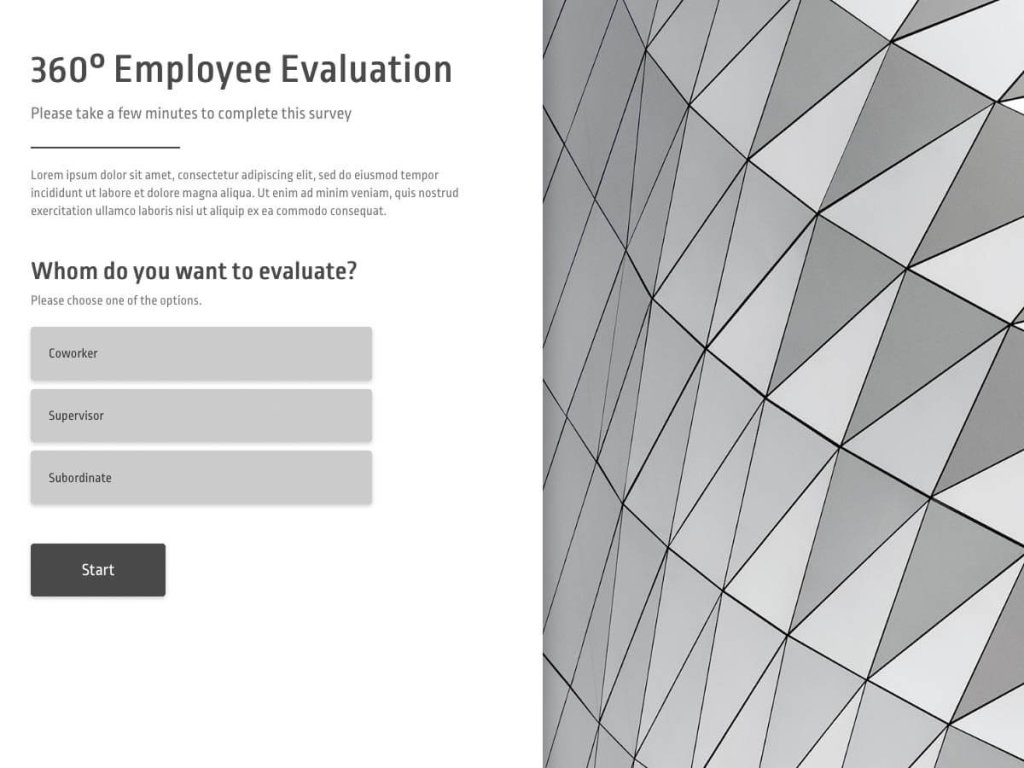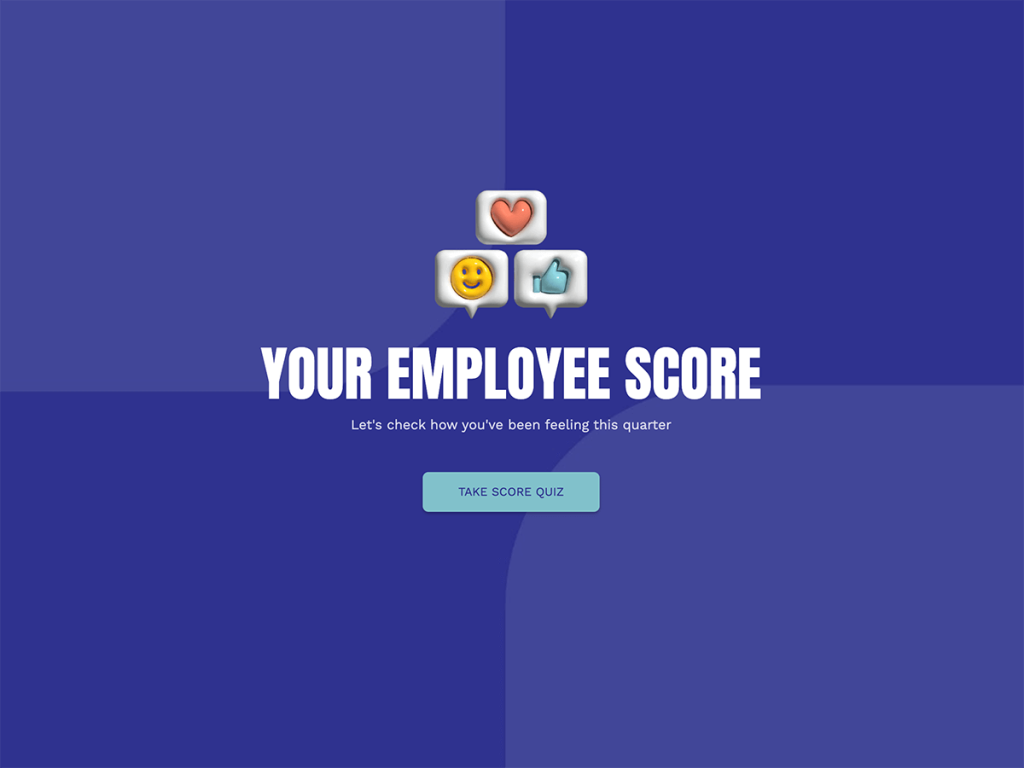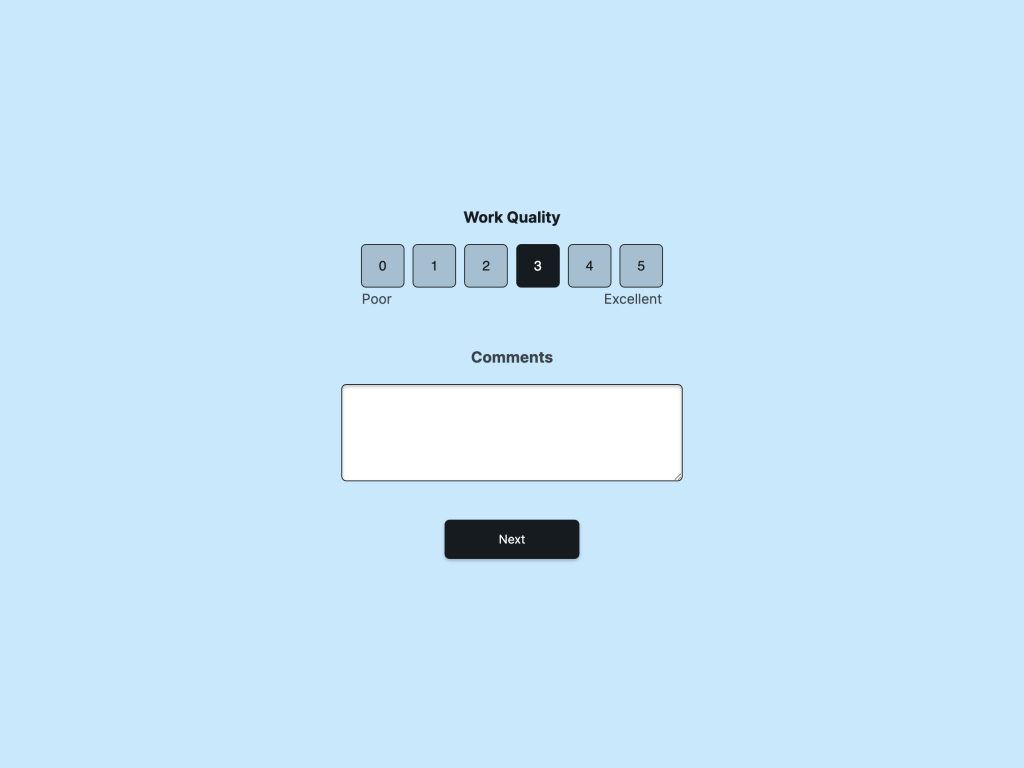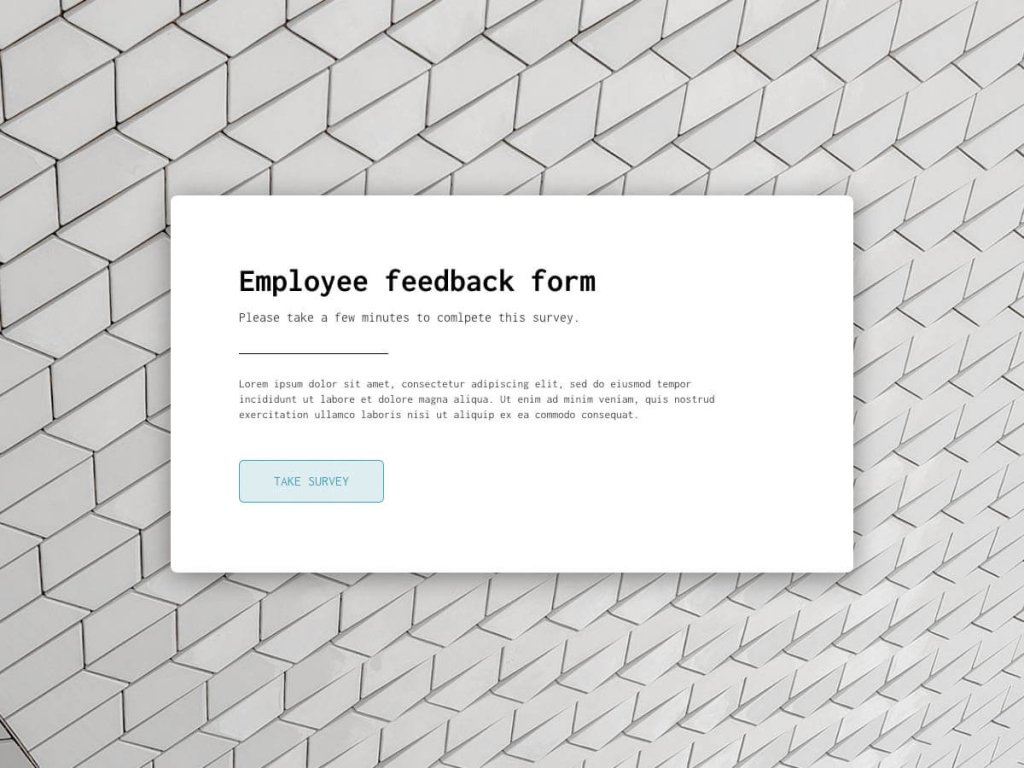Employee engagement stands at the core of organizational success, influencing everything from productivity to employee retention.
One effective strategy to enhance engagement is through well-constructed employee evaluation forms. These forms not only provide detailed feedback but also help in recognizing employees' efforts, thus boosting their morale and engagement. In this article you will learn how to create impactful employee evaluation forms using a user-friendly form builder tool.
What is Employee Engagement?
Employee engagement is the emotional commitment and enthusiasm employees have towards their work, their team, and their company. It goes beyond mere job satisfaction and involves actively caring about the company’s goals and being motivated to contribute to organizational success. An engaged employee is not just concerned with clocking in and out; they strive to go above and beyond, contributing positively to the organization in a significant way.
The influence of employee engagement levels on workplace dynamics is profound and quantifiable.
“Research shows that disengaged employees cost American businesses a staggering $300 billion annually in lost productivity.“
This is a clear indicator of the high stakes involved in ensuring employees are engaged.
“Conversely, engaged workers prove to be 57% more effective in their roles than their disengaged counterparts.“
This effectiveness translates directly into better job performance and operational success.
“Moreover, organizations that succeed in creating a highly engaged workforce report impressive financial return. Such companies experienced a three-year revenue growth rate that was 2.3 times greater than the average.“
How Employee Evaluation Forms Impact Engagement
Employee evaluation surveys play an important role in shaping an organization’s culture and directly impact employee morale and engagement. These evaluations, when done correctly, serve as more than just a bureaucratic exercise; they are a critical communication tool that helps bridge the gap between management and staff. Effective evaluation forms provide clear, meaningful feedback and set the stage for open dialogue about performance, expectations, and professional development.
When employees understand how their work contributes to the organization and can see a clear link between their efforts and the company’s goals, their engagement levels are likely to increase. Regular evaluations make employees feel valued and recognized for their contributions, enhancing their motivation and commitment to the company. Additionally, these evaluations help identify areas where employees can improve and grow, which is essential for fostering a culture of continuous improvement and development.
Exploring the Relationship Between Feedback, Recognition, and Engagement
Feedback and recognition are fundamental components of employee performance evaluations and are strongly linked to higher engagement levels. Here’s how they interact:
Feedback: Timely and regular feedback is crucial. It guides employees in understanding what they are doing well and what needs improvement. Positive feedback reinforces good behaviors and practices, while constructive criticism, when delivered appropriately, can pave the way for professional growth.
Recognition: Recognition goes hand in hand with feedback. Employees want to feel that their hard work is recognized and valued. Recognition can take many forms, from verbal acknowledgment in meetings to more formal rewards such as bonuses or promotions. When individual employees are recognized, their satisfaction and productivity rise, which, in turn, boosts engagement.
Engagement: The cycle of timely feedback and recognition culminates in enhanced engagement. Happier employees are more likely to be productive, remain with the company, and contribute positively to team and company values.
Designing an Effective Employee Evaluation Form
Here's a step-by-step guide to creating an employee evaluation form that aligns with your organizational goals and facilitates meaningful performance reviews.
Step 1: Setting Clear Objectives
Begin by defining what you aim to achieve with the evaluations. Ensure that the objectives of the evaluations align with your overall business goals. For instance, if a future goal is to enhance customer satisfaction, the evaluation should assess skills and activities that contribute directly to that outcome.
Step 2: Choose a Form Builder
You need to choose an online form builder, such as involve.me to create an employee evaluation form. involve.me is known for its intuitive design, which makes it easy for managers and HR professionals to create and manage forms without needing technical skills.
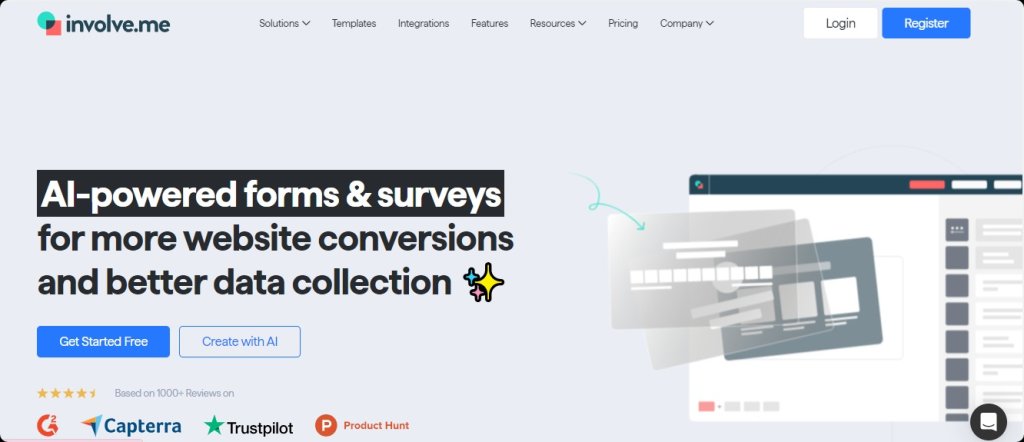
With features like conditional logic, automatic scoring, and AI analytics, involve.me provides a comprehensive toolset for creating effective evaluations that can adapt based on responses, compile data for analysis, and even suggest areas for improvement.
Step 3: Start with a Template
Depending on your specific requirements, you can choose a pre-existing template that aligns closely with your evaluation objectives or start from scratch for a completely custom form.
Create Your Own Employee Evaluation Forms
Get Started with 350+ Templates
360 Employee Survey Template
360° Employee Evaluation Template
Employee Engagement Survey Template
Employee Evaluation Form Template
Employee Feedback Form Template
For those who seek innovative approaches, involve.me’s AI form generator can assist in creating a form based on your specific inputs and requirements.
Create employee forms with AI
Just paste your URL and click generate.
Step 4: Customize Your Form
Customization is key to ensuring that your employee evaluation form not only reflects the specific needs of your organization but also the culture and branding. involve.me offers a variety of tools and features that can help you tailor your forms to fit these needs perfectly.
Use the form builder's editor to adjust the visual aspects of your evaluation form. You can select from a range of colors, fonts, and layout styles to match your company’s branding.
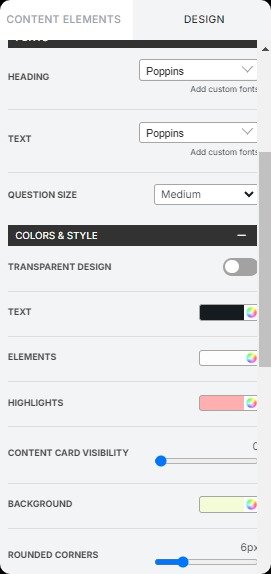
Incorporate different types of content elements such as text boxes, dropdown menus, scales, and checkboxes. Each element can be used to gather different types of information, from quantitative data to qualitative feedback.
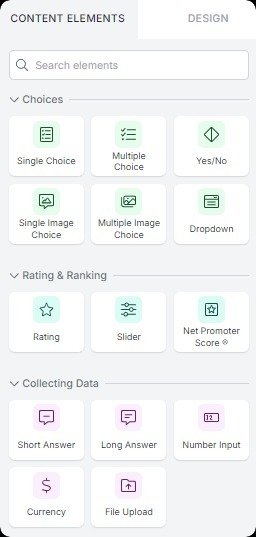
Ensure that the form is responsive and looks good on all devices. Employees might access the form on different devices, and a responsive design ensures it is always accessible and easy to use.
Adding, Deleting, or Modifying Questions
Adding Questions: When adding questions, consider what information is necessary to achieve the objectives set out in the earlier steps. Make sure each question serves a clear purpose.
Deleting Questions: Remove any questions that do not directly contribute to the assessment objectives or that may cause confusion. Clarity and focus are crucial to maintaining the form’s effectiveness.
Modifying Questions: Modify questions to be clear and unambiguous. It’s important that questions are framed in a way that they elicit the most honest and accurate responses. For example, instead of asking "Do you like working here?", ask "How satisfied are you with your workplace environment?".
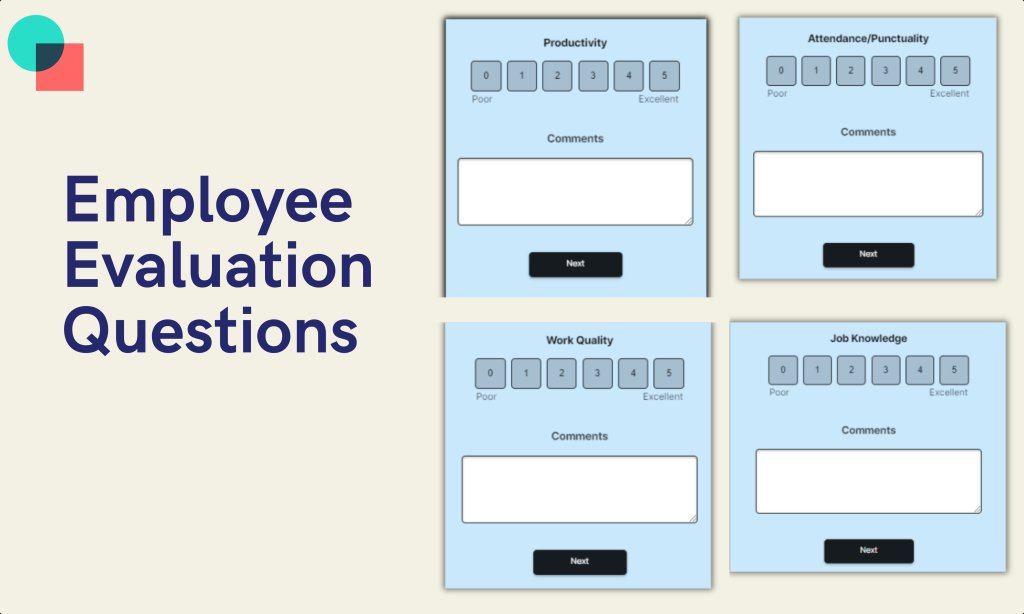
Step 5: Preview and Publish
Before publishing the evaluation form, it is essential to thoroughly preview it to ensure that it meets your expectations and is free of errors.
Fill out the form yourself or have a team member complete it to ensure that questions are clear and the form functions as intended.
Check the logical flow of the form. Make sure that the sequence of questions makes sense and that any conditional logic works correctly.
It can be helpful to collect feedback from a small group of employees or managers on the usability and clarity of the form.
Once the form has been tested and any necessary adjustments have been made, it’s time to publish.
After the form is published, monitor its usage and completion rates. It may also be helpful to remain open to feedback about the form and be prepared to make further adjustments if necessary.
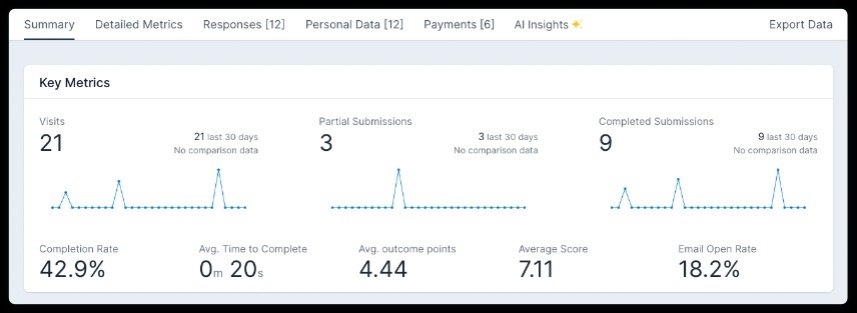
Remember, the key to successful and regular employee evaluations is not just in the creation of the form but in its execution and follow-up. Encourage open communication, provide constructive feedback, and recognize achievements to foster a positive and productive work environment. Continuously refine your employee evaluation process based on employee feedback and changing organizational needs to ensure it remains relevant and effective.
Visit involve.me and explore their collection of template to create your own employee evaluation form.



